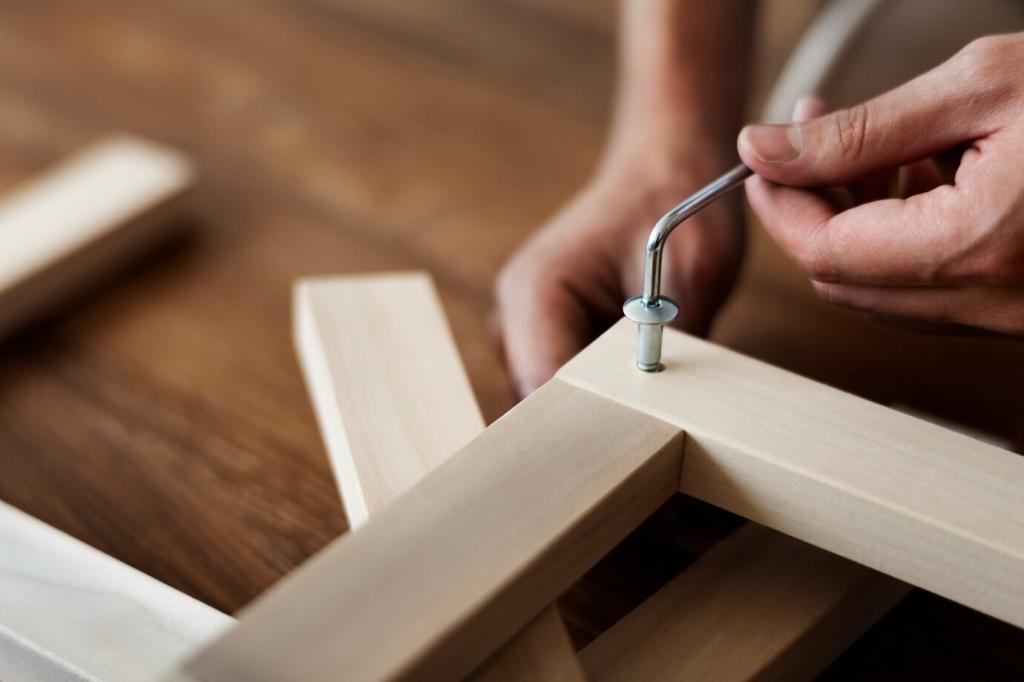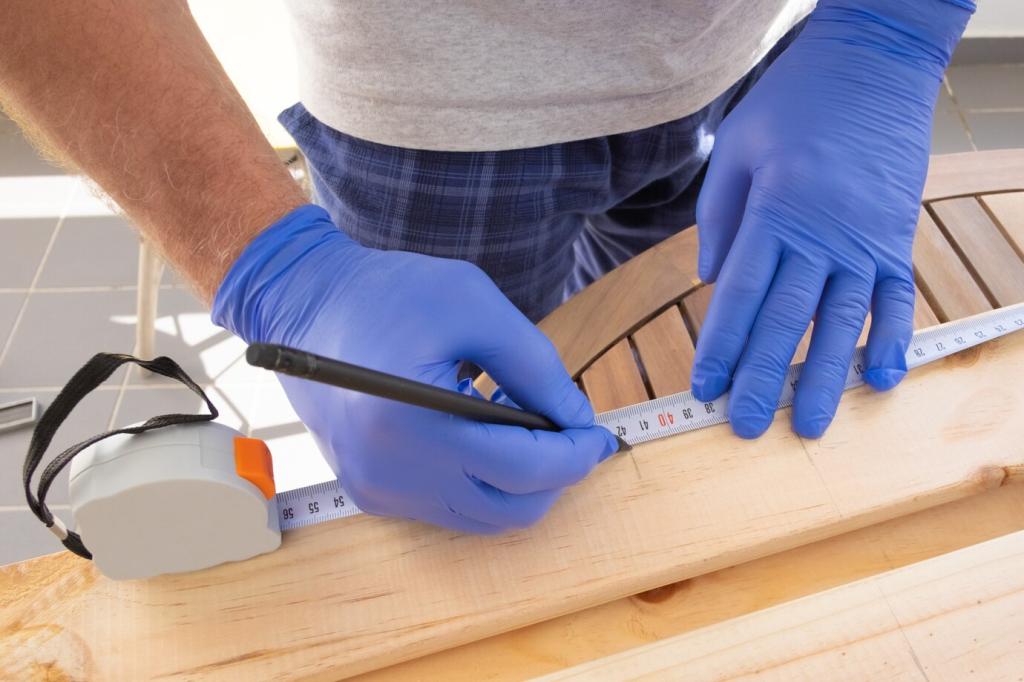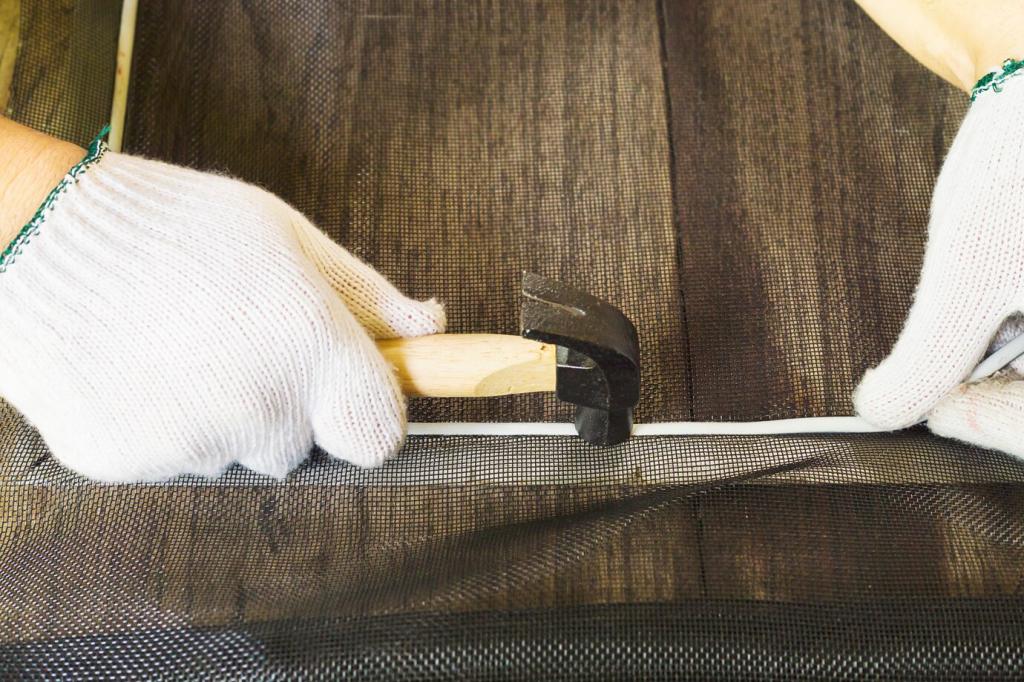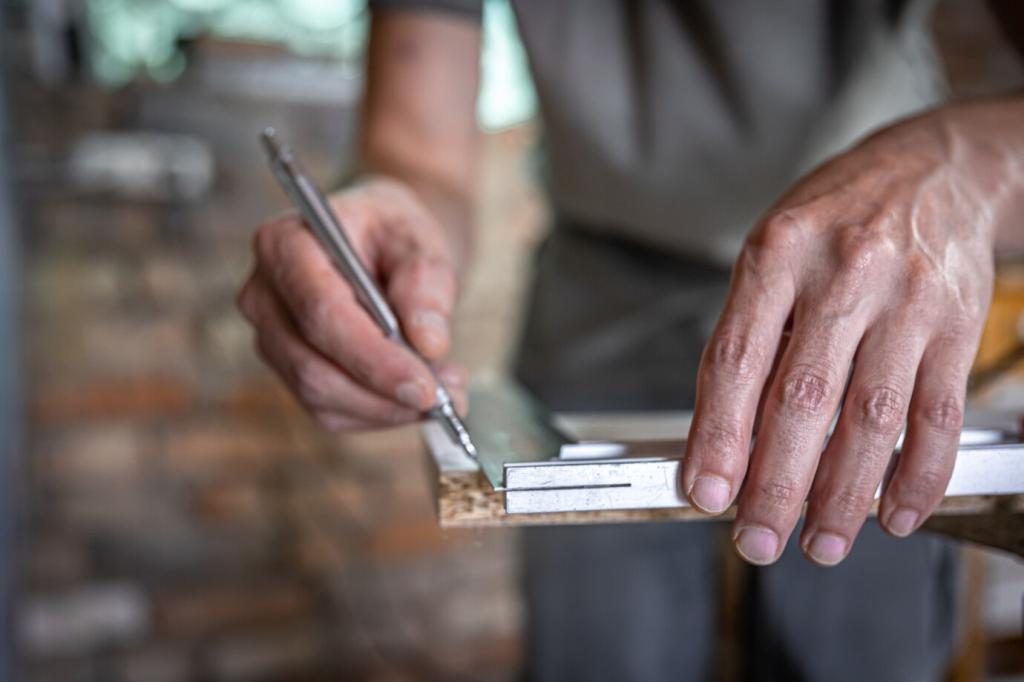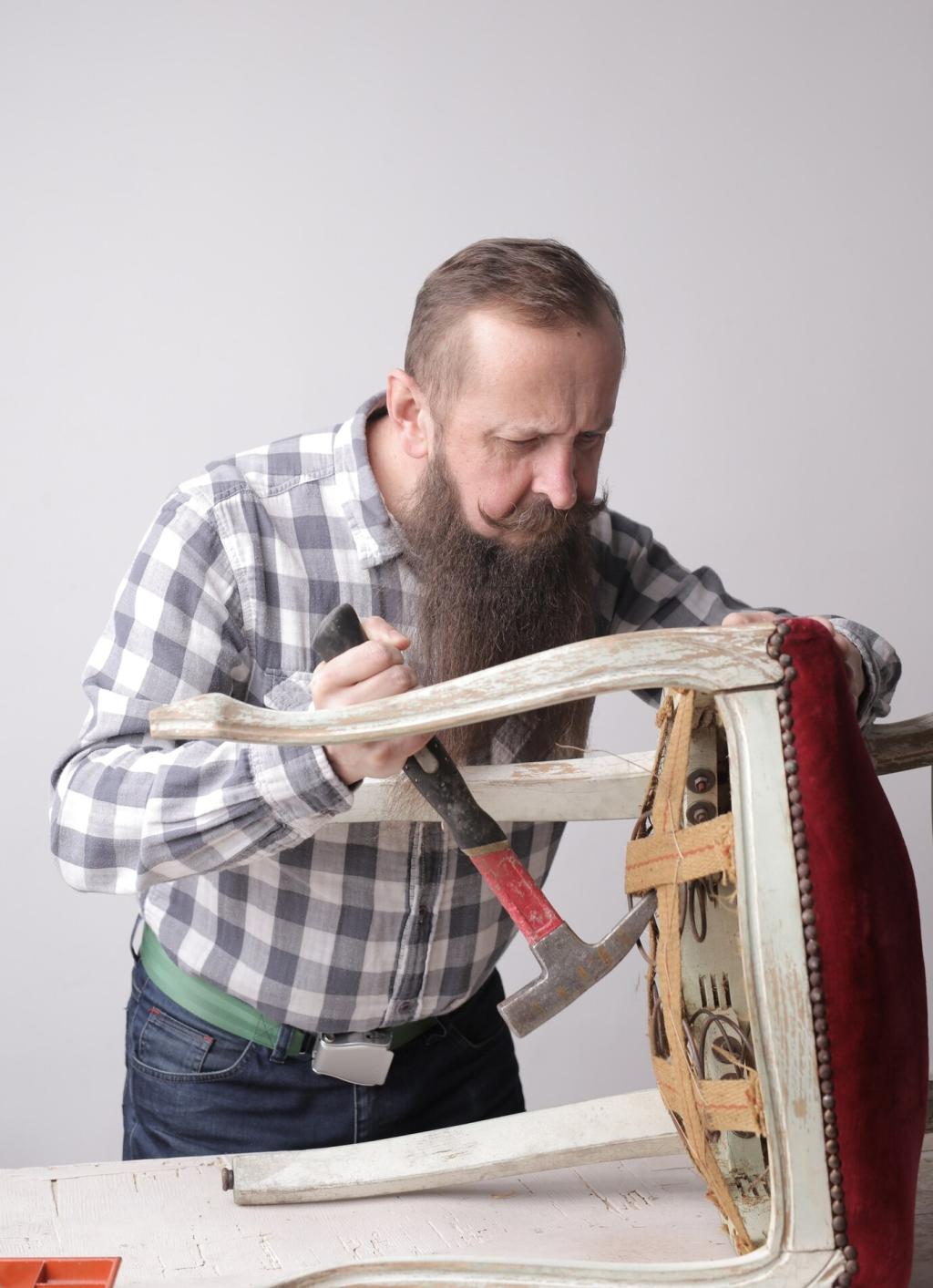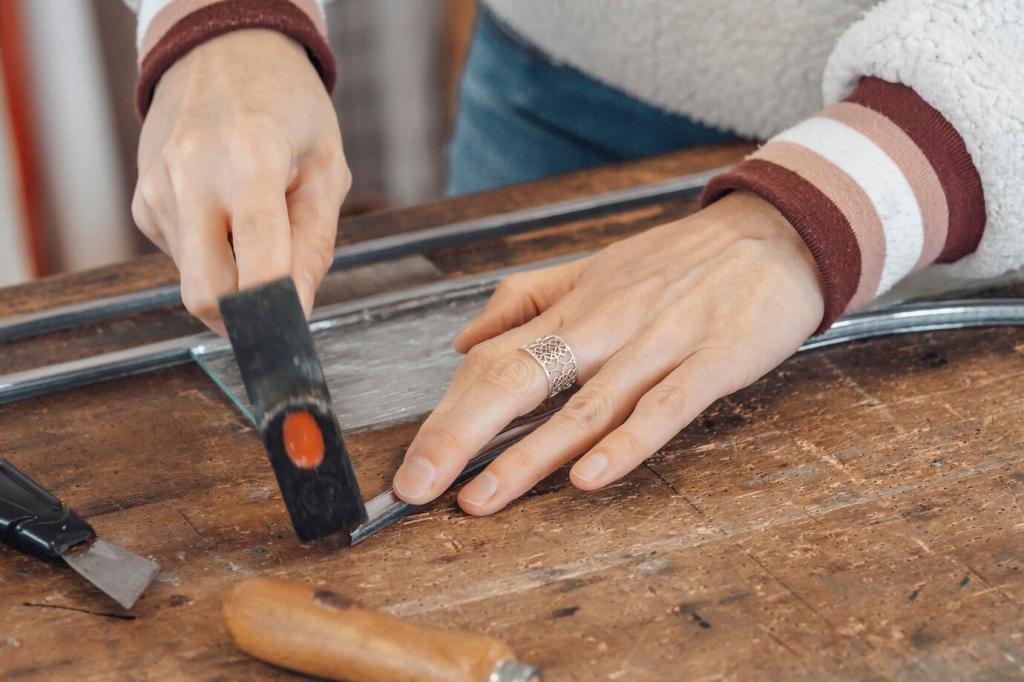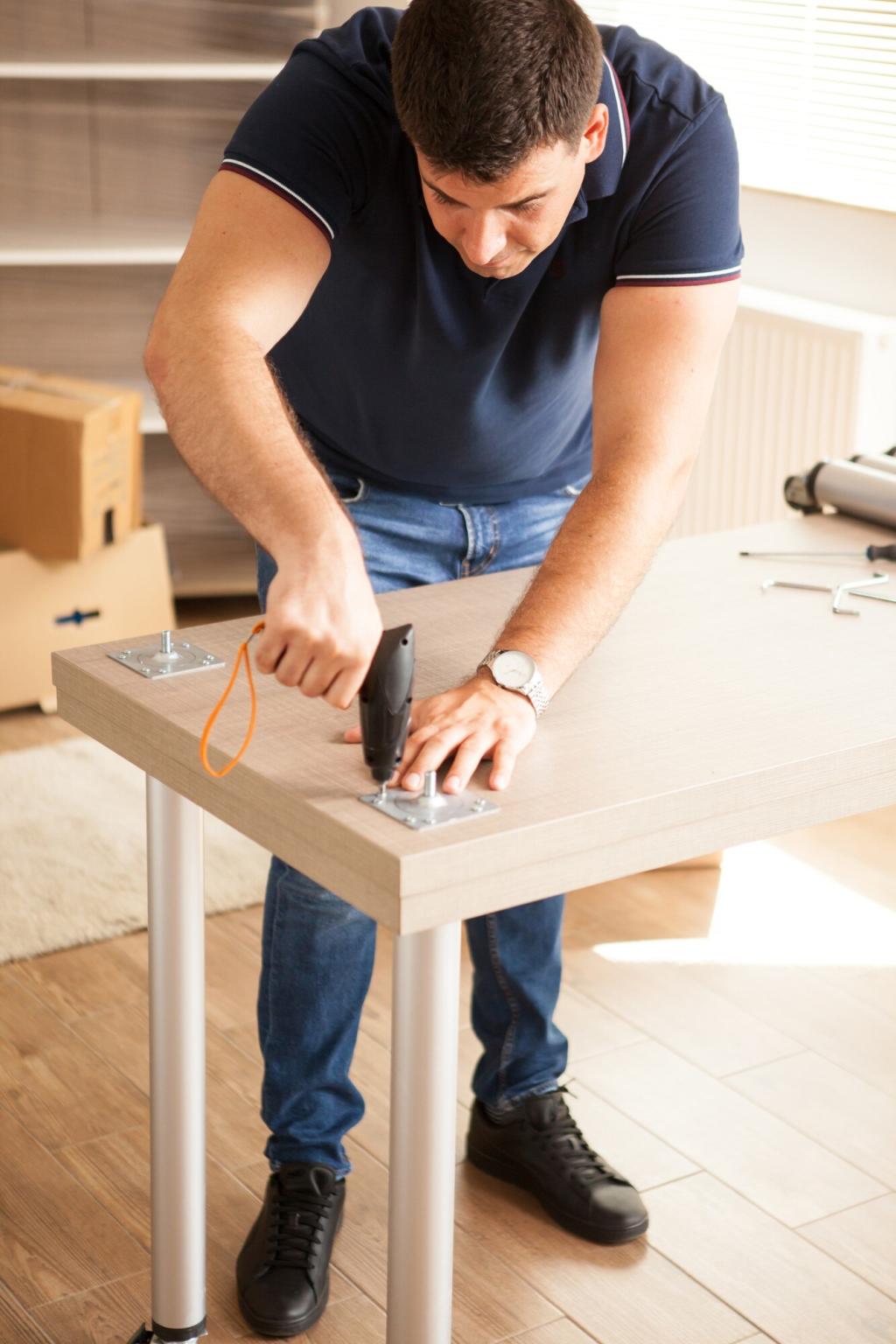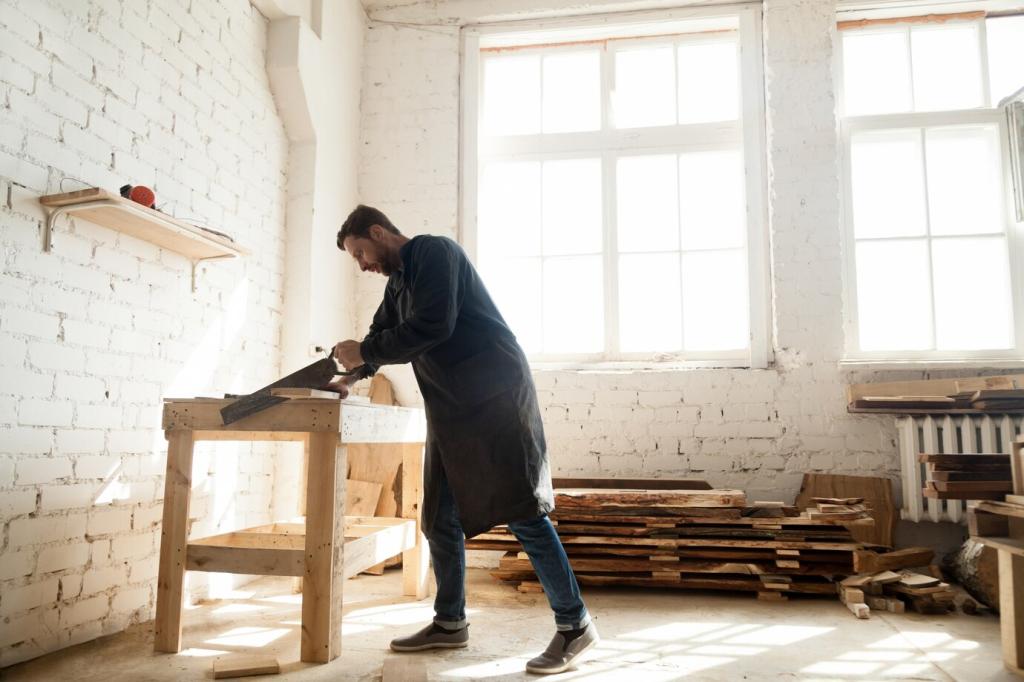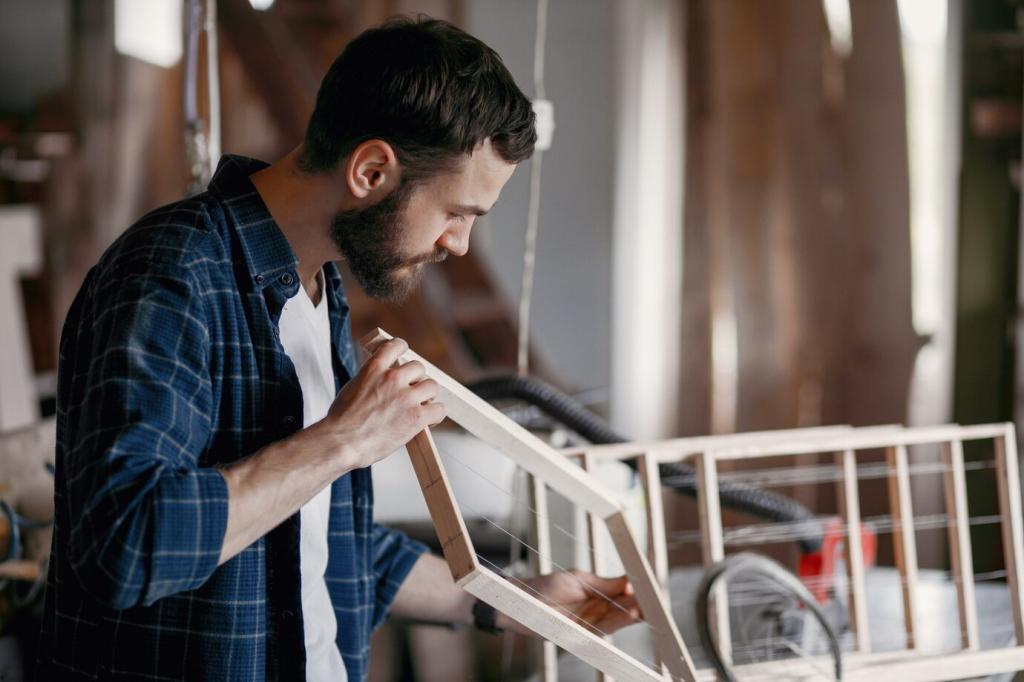Modeling Replacement Parts That Actually Fit
Measure three times in different spots to account for wear and casting irregularities. Leave clearance for press fits and sliding joints, and account for shrink or elephant’s foot. Record everything so you can adjust 0.1–0.3 mm without starting from scratch.
Modeling Replacement Parts That Actually Fit
Use parametric tools like Fusion 360, FreeCAD, or OpenSCAD to tie dimensions to named parameters. Change one value—like hole spacing or wall thickness—and the entire model updates. Share your parameter sets with readers to help them remix your solutions.

